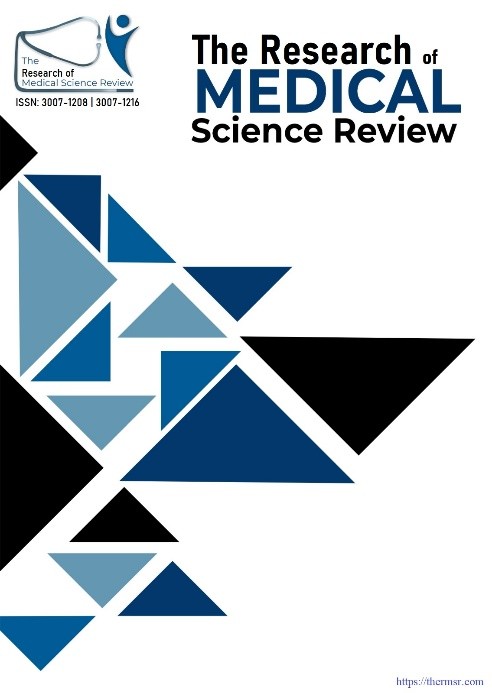DOSIMETRIC EVALUATION OF BREATHING IMPACT ON PLANNING TREATMENT VOLUME AND ADJACENT ORGAN AT RISKS IN BREAST CANCER RADIOTHERAPY ZAIN UL ABIDEN, DR. FARAH JAVED, MR. NAUMAN AMJAD, AMJAD HUSSAIN
Main Article Content
Abstract
Background: Radiotherapy for breast cancer uses high energy rays or particle to eliminate cancer cells, particularly to reduce the risks of recurrence after surgery. It is a common treatment that is performed after breast conserving surgery (lumpectomy) or after mastectomy, especially if the malignancy was big or included lymph nodes. The breast, by virtue of its location, is affected by motion, which can lead to target missing during breast radiotherapy. Therefore, it is essential to evaluate the dosimetric impact of breathing motion on breast cancer radiotherapy treatment planning.
Method: The data was collected from November, 2024 to January 2025 from the Radiotherapy Department of Institute of Nuclear Medicine and Oncology Lahore (INMOL). The selected patients for this work was very critical as most of patients had difficulty to breath hold. Especially for case of exhale. So young patients had been preferred for this study to avoid breath hold issues. The study evaluated three breathing scenarios: normal breathing, Deep Inspiration Breath Hold (DIBH), and Expiratory Breath Hold (EBH). Three treatment planning techniques were compared 3D Conformal Radiotherapy (3D CRT), Intensity Modulated Radiotherapy (IMRT), and Intensity Modulated Radiotherapy with Flash Tools (IMRT-FT). Treatment plans were evaluated using parameters like Homogeneity Index (HI), Conformity Index (CI), and Coverage Factor (CF).
Results: The study’s results show that IMRT and IMRT-FT provide more homogenous dose distributions and better compliance to the planed target volume (PTV) than 3D CRT. IMRT and IMRT-FT had lower Homogeneity Index (HI) values (0.075 and 0.051 respectively) and Conformity Index (CI) values (1.285 and 1.254, respectively) than 3D CRT (HI: 0.125, CI: 2.082). However, IMRT without flash tools had lower target coverage, with a Coverage Factor (CF) value of 0.934 compared with 3D CRT, which had a CF value of 0.997. The use of flash tools in IMRT-FT enhanced target coverage, with a CF value of 0.980, making it a more suitable option for breast cancer radiotherapy.
Conclusion: In this study, we concluded that IMRT-FT is suitable treatment planning approach for breast cancer radiotherapy, with superior dosimetric results than 3D CRT and IMRT. The employment of flash tools in IMRT-FT enhances target coverage and reduces the risk of target missing.
Downloads
Article Details
Section

This work is licensed under a Creative Commons Attribution-NonCommercial-NoDerivatives 4.0 International License.
